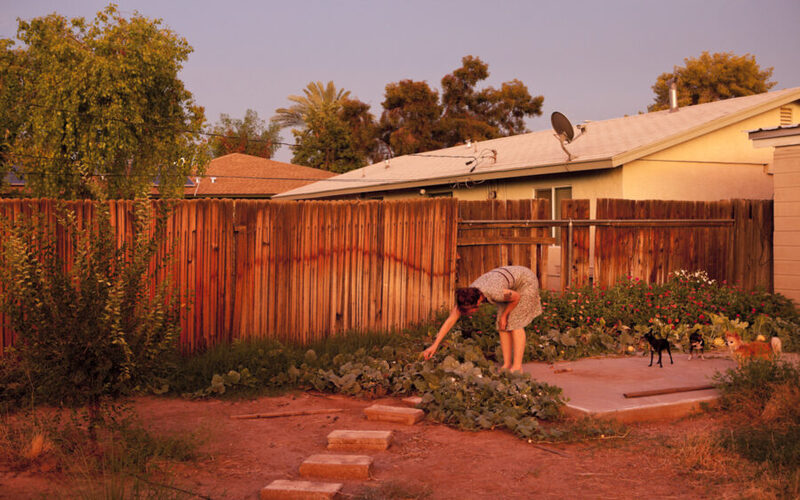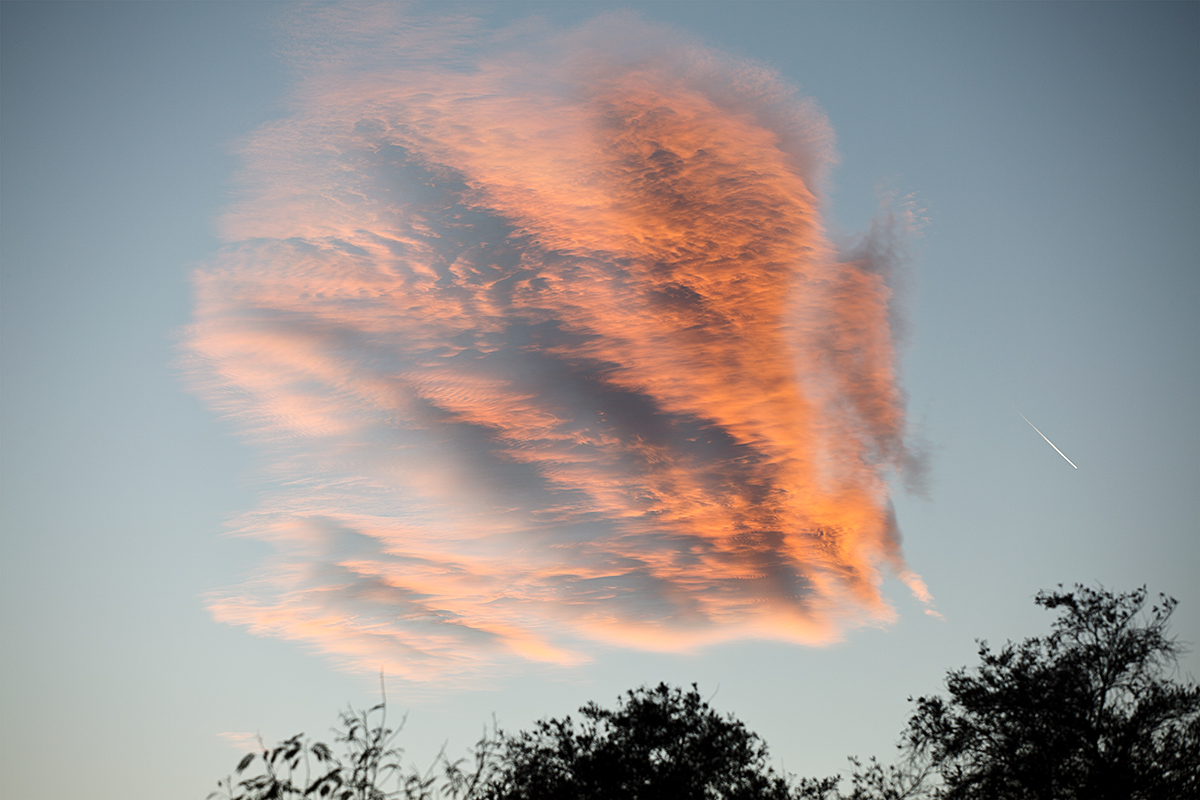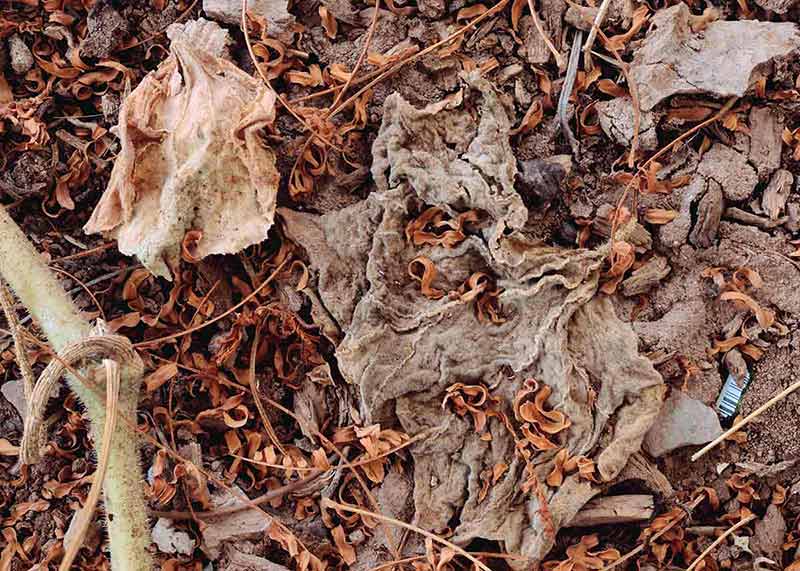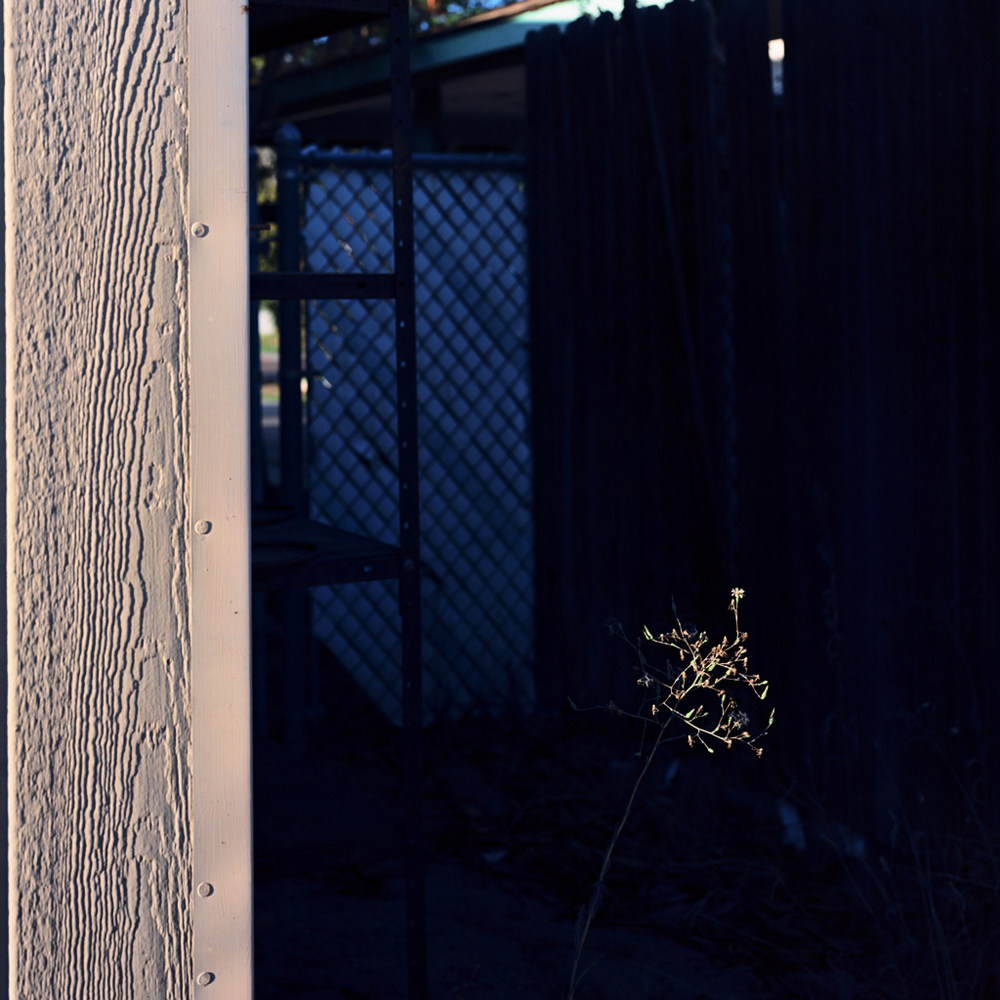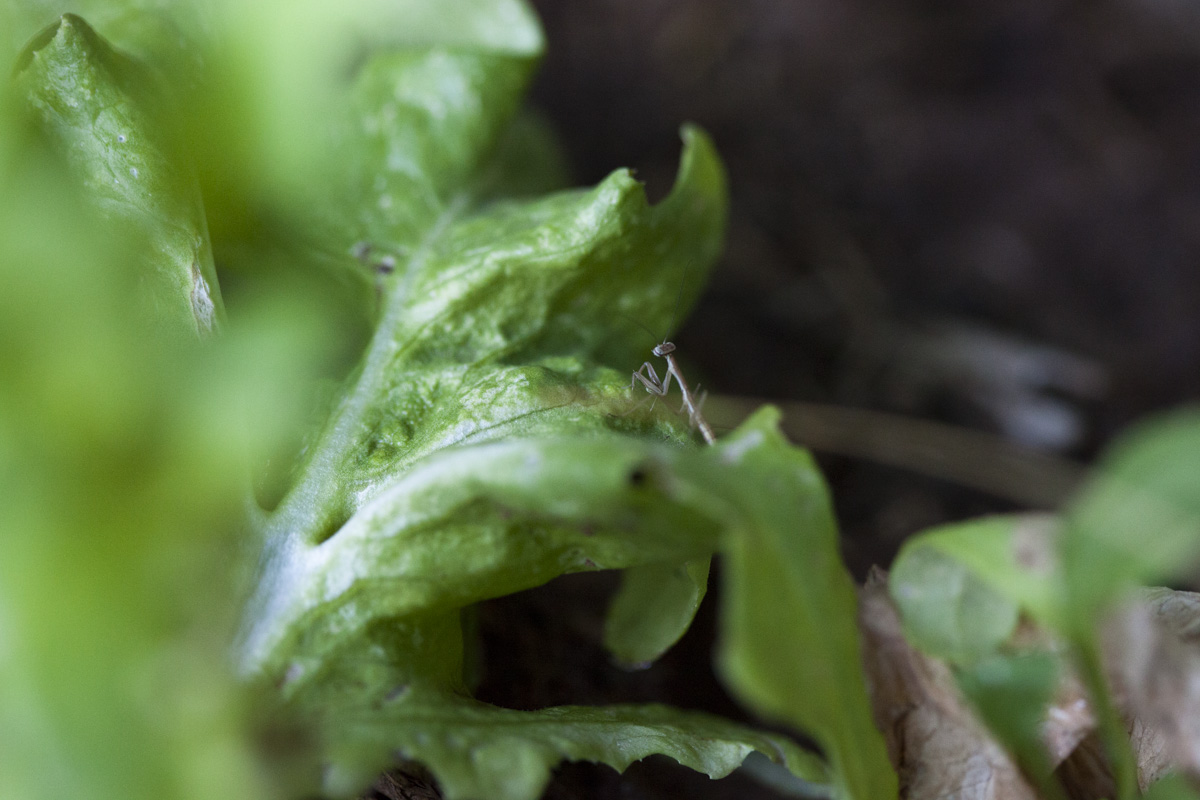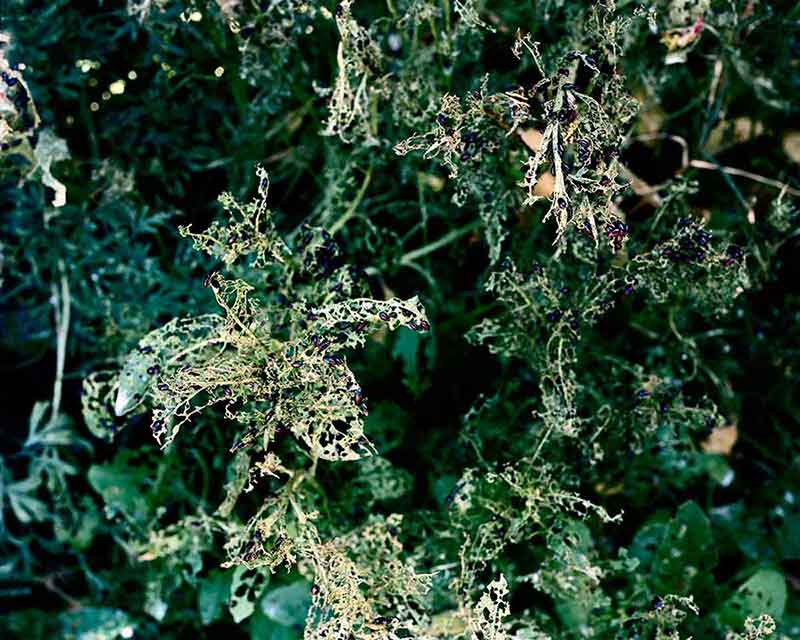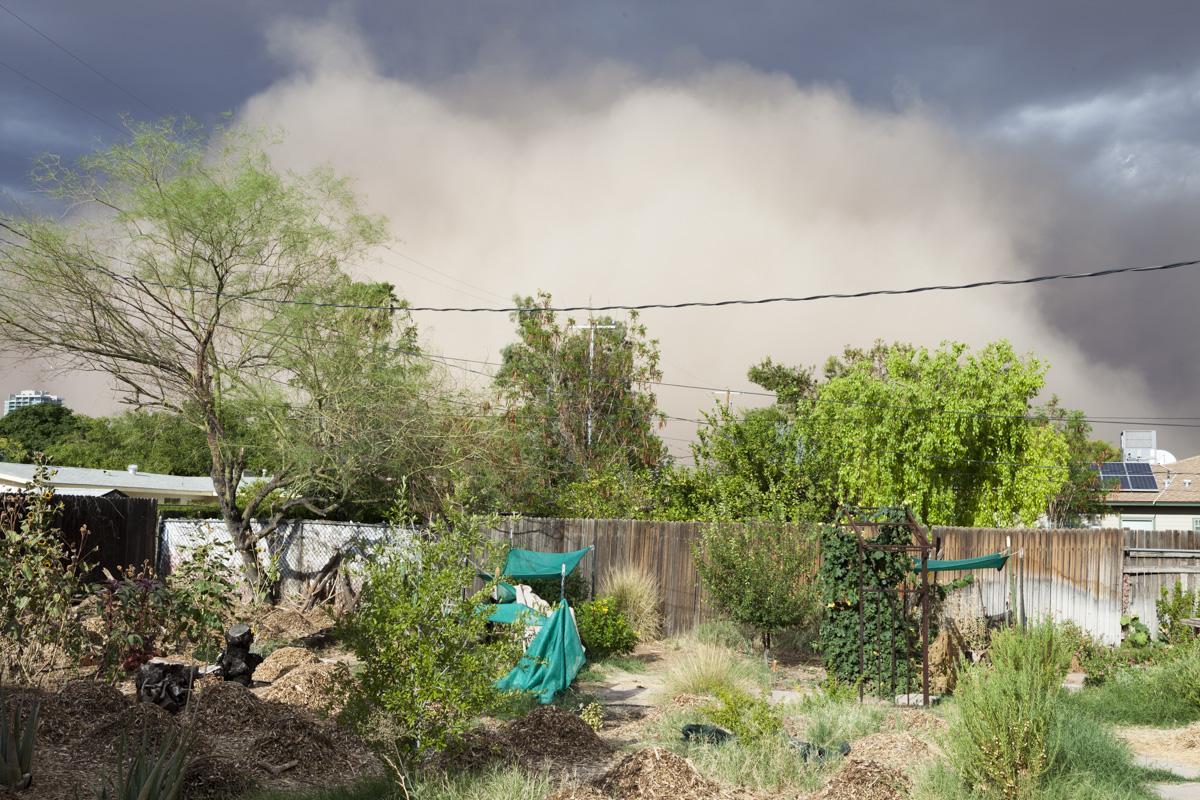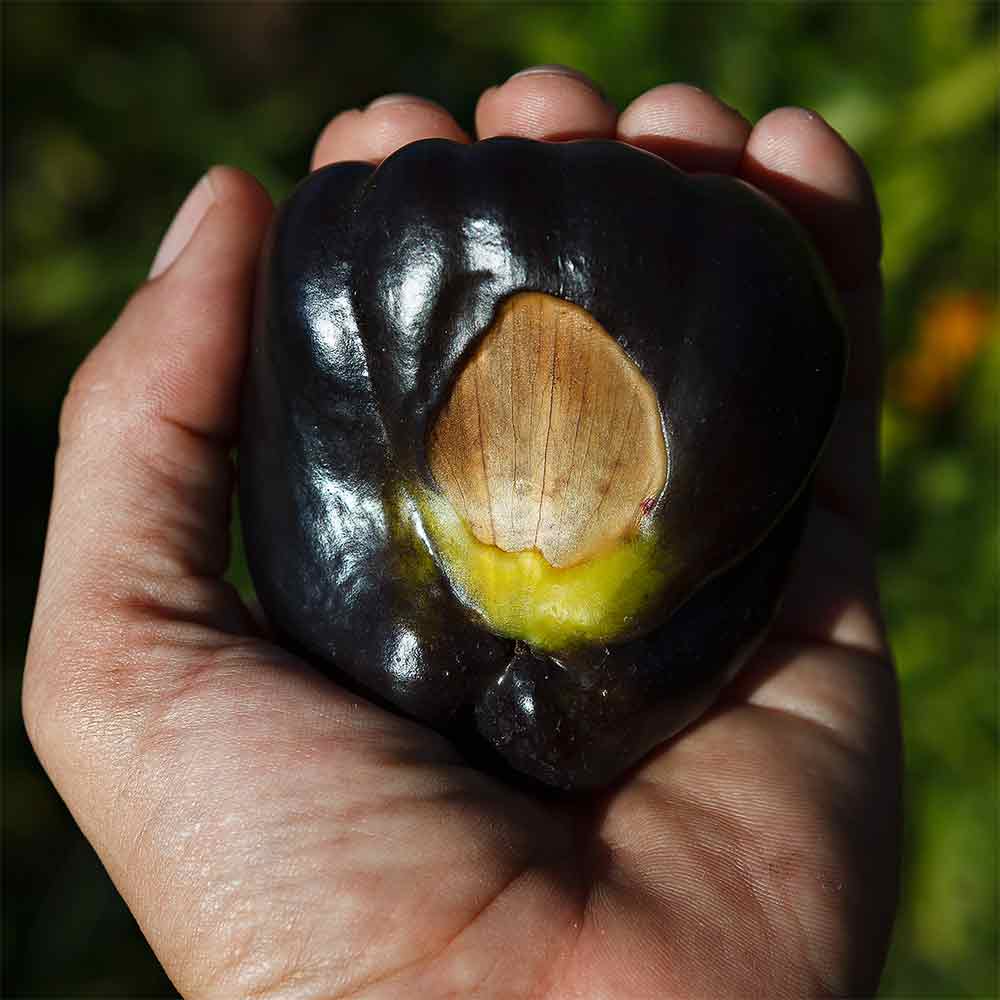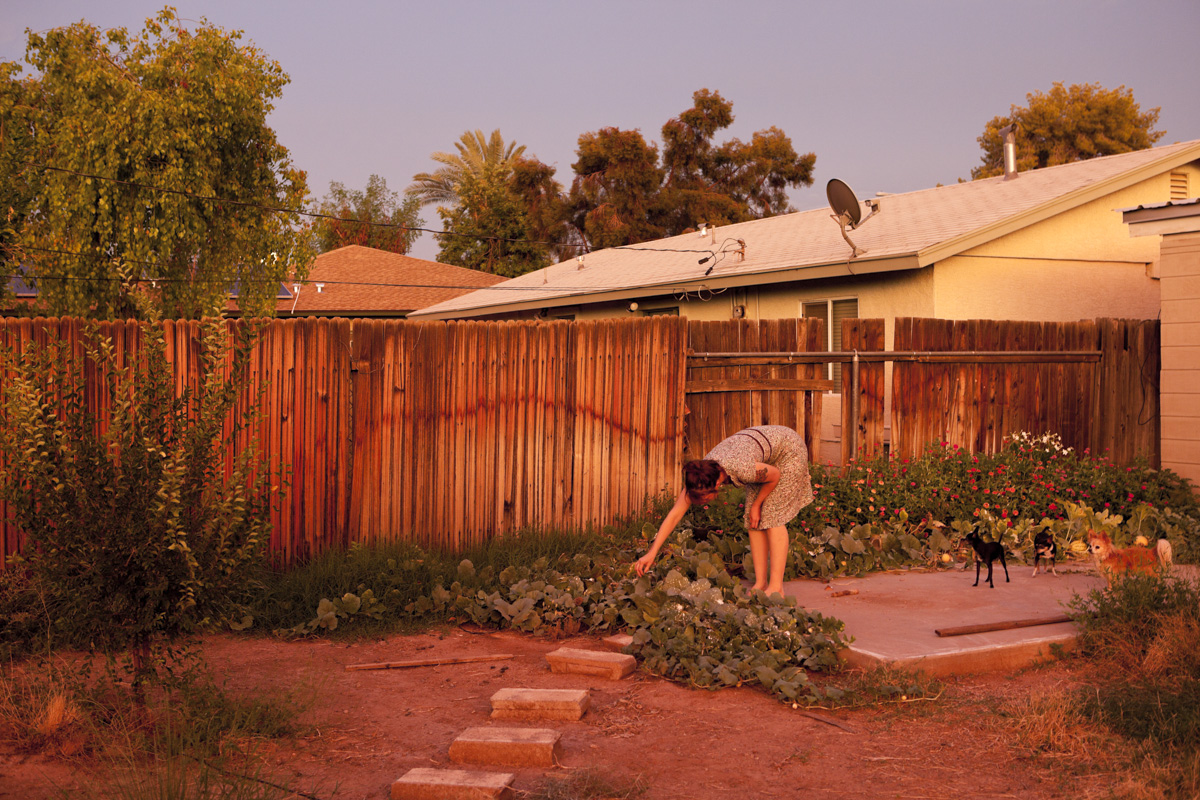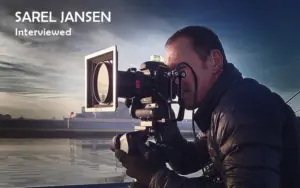To show what sustainability looks like on a personal and intimate level, Edgar Cardenas, a Ph.D. student in the School of Sustainability at Arizona State University, began a series of photographs that would document his own land-conscious practice. He looked for the efforts made every day. Each photograph captured in one hundred little dramas was found in the backyard of his desert home.
Heavily influenced by the ideas of Aldo Leopold, the conservationist, ecologist, and “amateur” environmental philosopher, Edgar Cardenas embraced a personal narrative. There are portraits of his girlfriend basked in the red light of dusk, journal entries that poetically explain the stories behind several albumen prints, and meditations on loss. “Looking deeply at a small and personal space is actually not that common,” he notes. “I wanted to express that these [ecological] processes aren’t something that happen far away in the wilderness but in our backyards if we just pay attention.”
I spoke to Edgar Cardenas about this project and about his ideas on photography and sustainability.
Do photographers capture a moment of the world or create one? Is a photo something that they’ve read from reality or something that they’ve written in? Something else? What do you think?
This is a very complicated question. I don’t think it’s either but sits on a potential spectrum between capturing and creating. The real intent is the organizing of information and interpreting that information. Is the photograph meant to be forensic, documentary, or conceptual? The way photographs are constructed, contextualized, and sequenced changes their meaning. A good example of this is Evidence by Larry Sultan and Mike Mandel. The project appropriated images from industry, government, science, as well as other institutions, which had used the photographs for strict documentation. Sultan and Mandel decontextualized and sequenced the images to create an alternative reading, revealing the false notion that photographs are objective. Images are fluid in that regard, they have been captured at a particular point in time and photographers edit the world by focusing on a particular subject. We believe them to be true because they mimic reality, but they are constructions that are open to multiple interpretations. My process tends to focus on the capturing and constructing of multiple moments to create a broader understanding of the world.
To take a question from one of my favorite writers: does shooting photography help make the anguish of life more bearable?
That’s another tough question. I think that artists have a need to express themselves in creative ways, and that expression releases pent-up energy. I find that making pictures does make things more bearable for me; when I’ve had a tough day going out to shoot helps level me out. However, making work can also make you more aware of the “anguish of life.” We’ve all heard of tortured artists. Again, I don’t think it’s either one or the other but an elevation of awareness of our surroundings that can bring about anguish or hope.
How did you get your start in photography?
I have been making images since early 2003, but I don’t think I really started thinking deeply about photography until 2006 when I saw John Hill’s exhibition of work by Walker Evans and Eugene Atget. I met John at a talk he was giving on Evans and we struck up a friendship. I would visit his studio often and soon became a photo assistant for Robert Lisak, who gave me a very good education on the history of photography. I think those experiences really instilled a strong desire for making photographic work. I started a Ph.D. in sustainability in 2008 and also spent a significant amount of time in the art school. My time in the school of art and having Mark Klett as my advisor further deepened my technical and conceptual abilities for making work.
Did you ever feel like giving up? Were you ever unsure of your talents?
I have considered other careers but have never considered not making images. As far as talent goes, I’m always working to improve but I never think about whether I’m good enough to make work. Everyone has something to say and should be making work—both to share and as a method for making sense of the world.
One Hundred Little Dramas resonates with love, but it also points to loss, decay, and rebirth. How did this project get its start? What compelled you to include writing?
The work was a response to abstracting sustainability. Within sustainability science, we discuss a lot of global issues and less about what living sustainably means. This project was an attempt to explore what personal sustainability looked like. At the time I was also reading Aldo Leopold’s ideas on the integration of ecology, aesthetics, and ethics. He informed a lot of what I was doing as well.
The work points to loss, decay, and rebirth because they are ecological processes. I wanted to express that these processes aren’t something that happen far away in the wilderness but in our backyards if we just pay attention. The writing with the albumen prints became a way to further express some of the stories that, for me, further connected the experience to the images, a natural history journal of sorts. The artist statement addresses some of these ideas more clearly.
How did you first learn about Aldo Leopold? What do his ideas mean to your work?
A friend of mine mentioned that I should read Leopold’s book A Sand County Almanac. The book brought together why integrating ecology, aesthetics, and ethics was critical to conservation. His work is an excellent combination of an informed art-science practice. I made it a chapter in my dissertation. Additionally, he resonates with me as a philosopher in the world, not simply intellectualizing ideas but living ideals. He was a professor at U.W. Madison and bought a farm to put to practice what he knew and believed. In A Sand County Almanac, he writes, “Books on nature seldom mention wind; they are written behind stoves”; and “There are two spiritual dangers in not owning a farm. One is the danger of supposing that breakfast comes from the grocery, and the other that heat comes from the furnace.” These two comments (there were many others) express the sentiment that being in the world, not just writing about it or making pictures of it, matters. For me it heavily informs the work. While I make pictures, the other important aspect is the transformation of the backyard—the actual process of doing and creating.
In documenting a practice of sustainability, you’re also documenting its aesthetic. Every environment will produce its own particular color of biodiversity. What did you learn from photographing this experiment? Did framing it as a visual project help you see anything new?
A significant part of it was the visual component. In my dissertation I write about a “sustainability aesthetic” that is informed by science and is engaged in a physical practice, a relationship with the land. My goal was to express that an aesthetic is found in the backyard just as readily as it is in a national park. However, the backyard can provide its resident a much deeper connection because you can visit it regularly. The project brought about an awareness that is often missed because looking deeply at a small and personal space is actually not that common. Probably the most significant thing for me was the realization of seasonal change in the desert. We easily associate seasonal change in colder climates like in Wisconsin, where I grew up; rarely do we associate that change in the desert. I learned when to plant, how the directionality of the sun affected the light in the backyard and when bird and lizard eggs would be hatching. There were many more insights but those mentioned are ones I rarely noticed previously.
What have you learned about yourself from shooting photography? Any surprises?
I have realized that making art is an integral part of who I am. I gave up making art for several years, thinking it was time to grow up and get a “real” job. Making art is more than a career to me, regardless of my success, or lack of success. I will never stop making work. It’s one of the processes I find most satisfying and I am intrinsically motivated to continue.
All images © Edgar Cardenas
See Edgar Cardenas‘s website here.

Nikki Brown Interviewed : Professional Life, Boudoir Shoot Tips & More
Nikki Brown is a professional boudoir photographer. Her portfolio highlights her skills in various types of photography, including boudoir, swimsuit,
